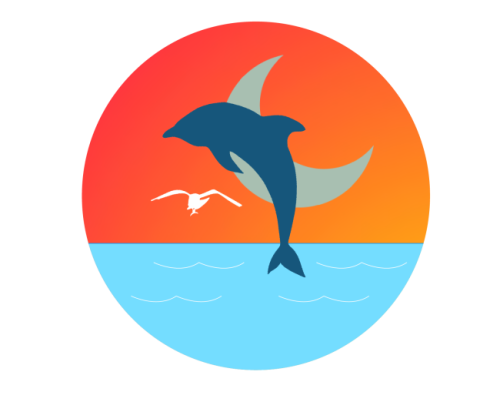Estonia is a small country in Northern Europe, belonging to the Baltic region. It is bordered by Latvia and Russia, as well as Finland and Sweden across the Baltic Sea. The Republic of Estonia consists of the mainland part and also the archipelago of more than 2 000 small islands, together covering the area of more than 45 000 square kilometres. Estonia is home to circa 1.3 million Estonians speaking Estonian as their official language (which is soundly related to Finish).
The capital city is a Tallinn, which is as well the largest in the country. Vast majority of population is urbanised.
Estonia is also a member of the European Union, NATO, OECD and also the Eurozone. It is considered a fast growing and highly developed country, with relatively high income economy.
The history of Estonia is mingled with all its neighbours. The country was gradually under the Teutonic, Danish, Swedish as well as Russian rule. The national awakening by the end of World War I led to the Estonian independence. Although the World War II brought the Soviets back, the year 1991 rang a bell for final Estonian independence.
The foreign influence is surely reflected in the Estonian culture. Finland is a brother in crime in terms of language similarities, Russia and Soviet rule brought a huge part of history and geography-wise, Estonia is very similar to the rest of Baltic countries. The most charming feature about Estonia is its uniqueness from everything you’ve ever seen, yet similarity to so many.
It might remind you of places but it opens a completely different dimension of a country telling stories of many nations. The vast countryside serve as a ideal gateway as more than half of the country is covered by forests. Medieval cities including Tallinn invite visitors to explore their preserved historical treasures. And finally, Estonian people are smiling with their hearts.
 TravellerHints!
TravellerHints! 


